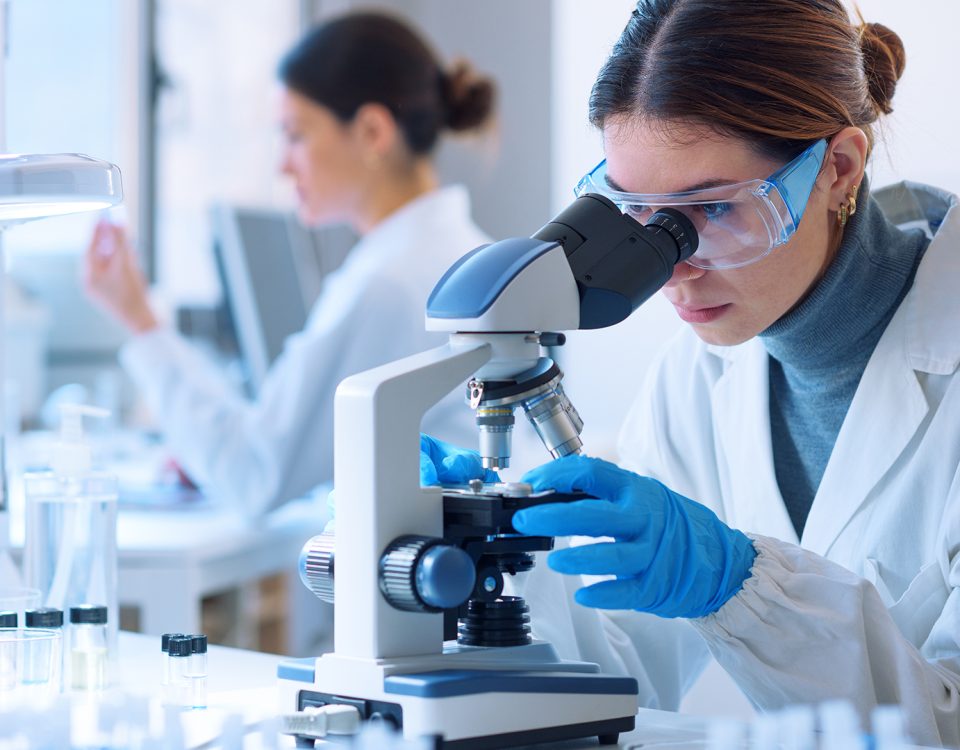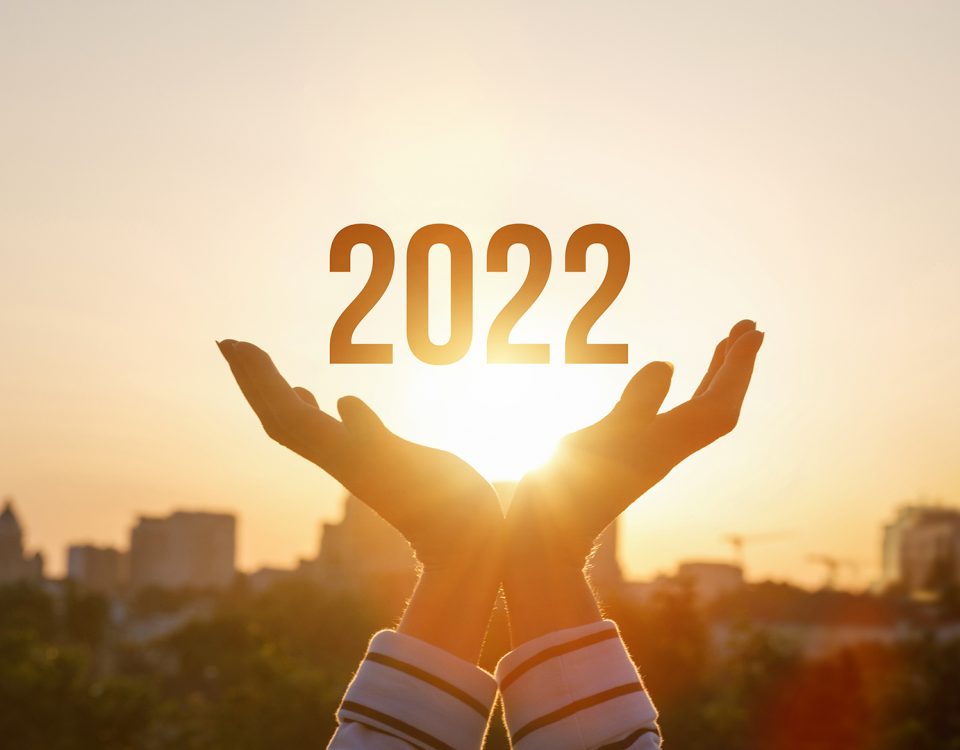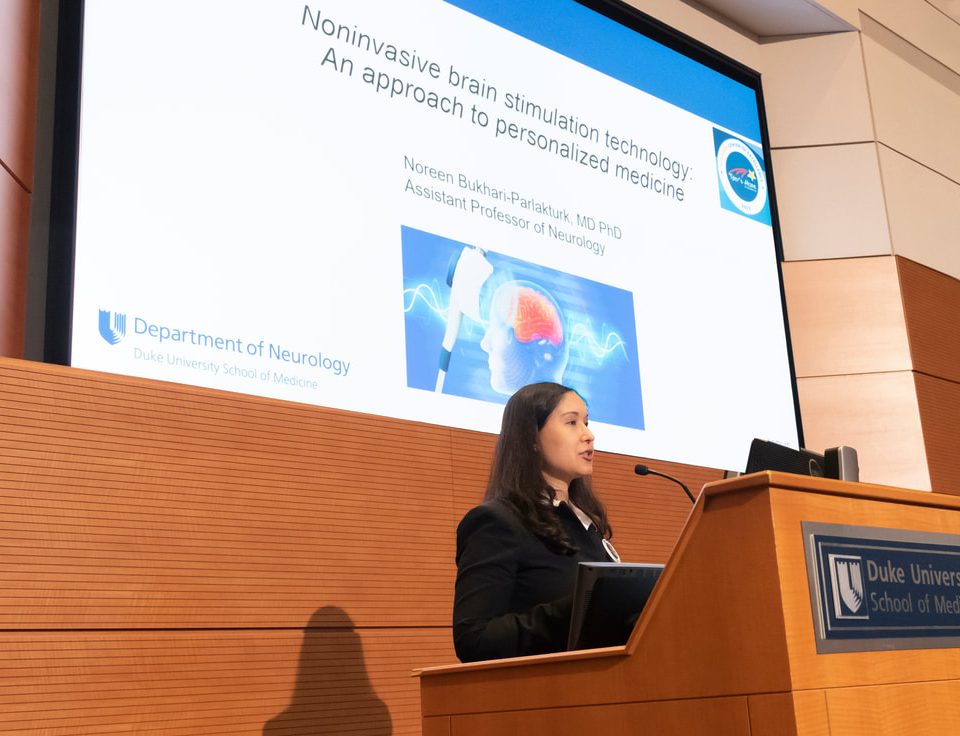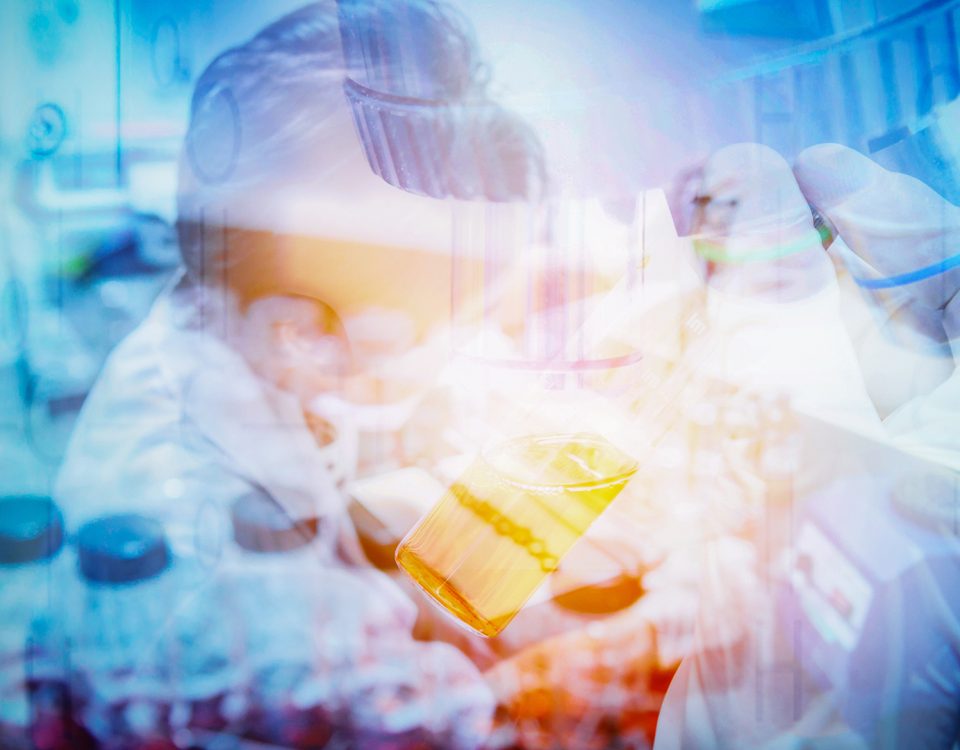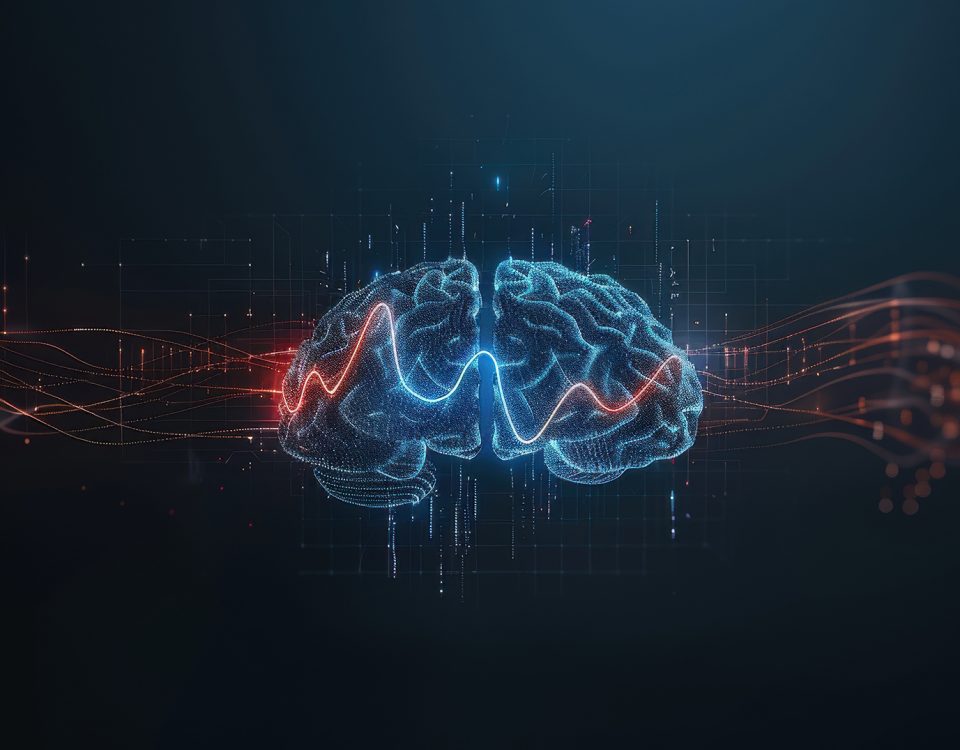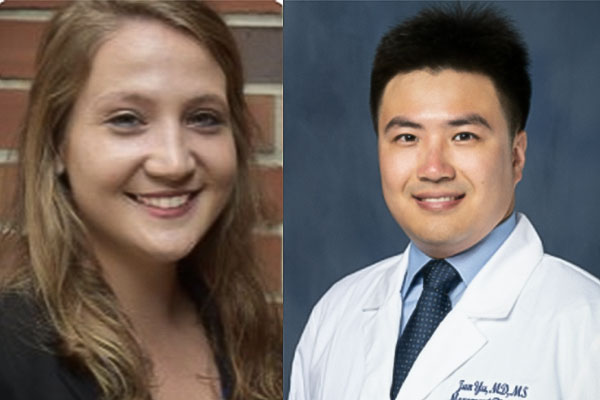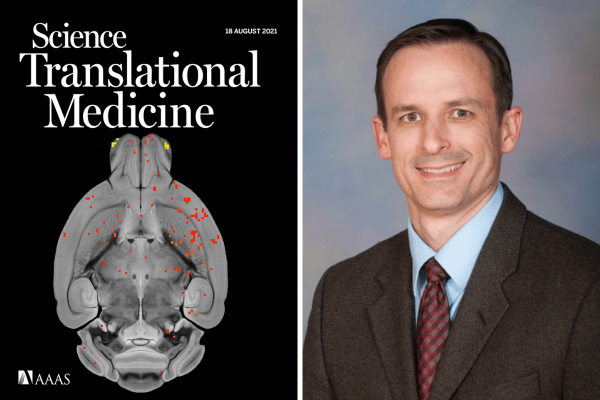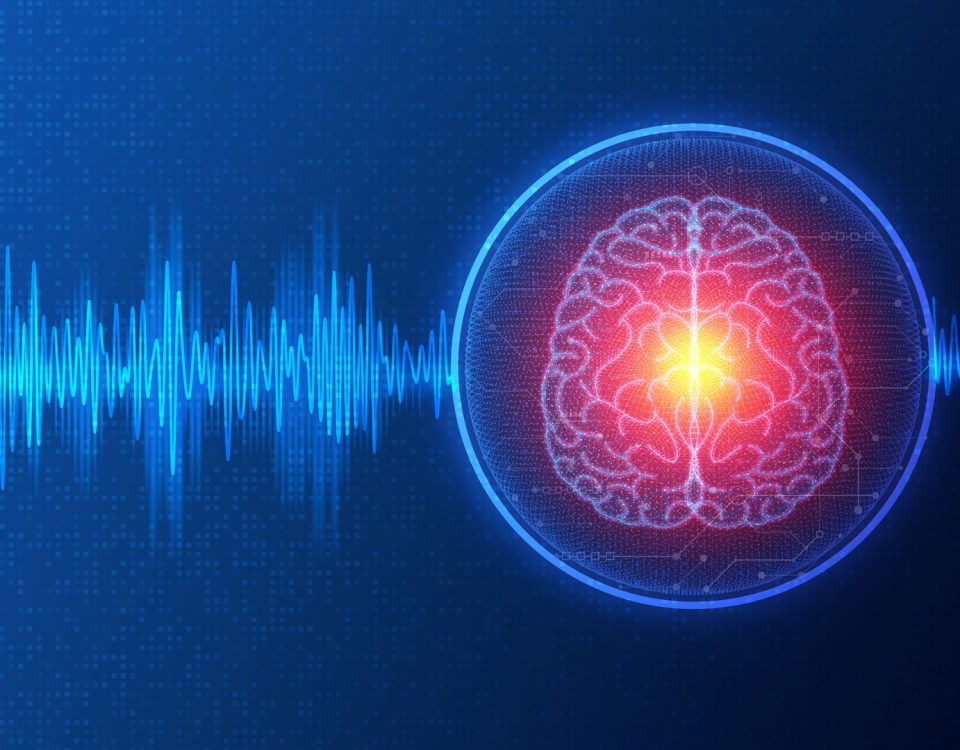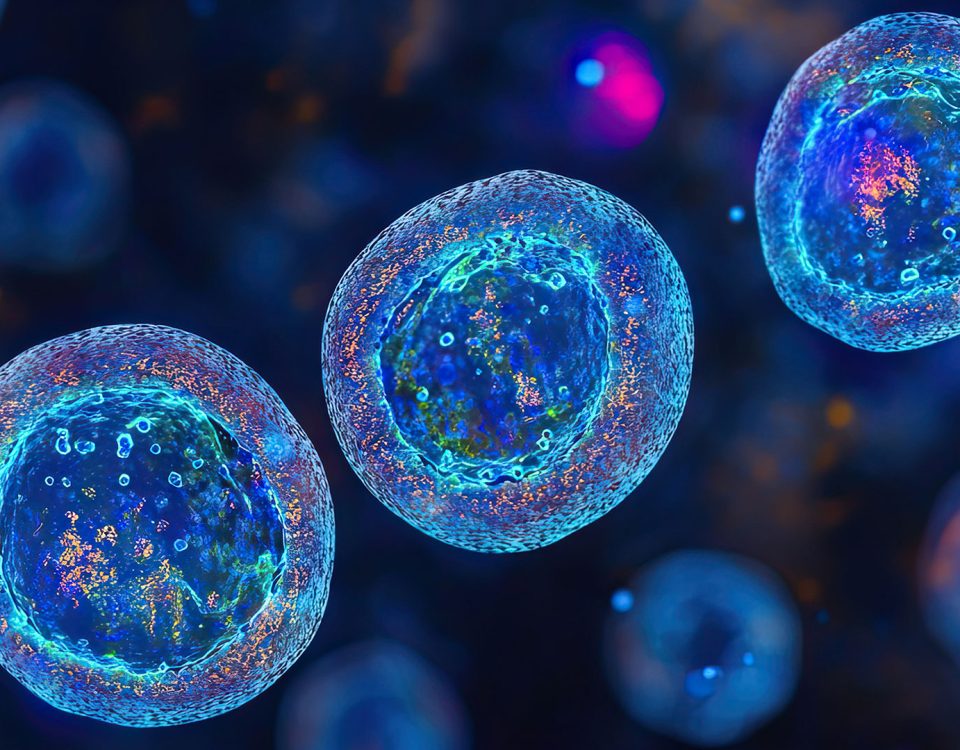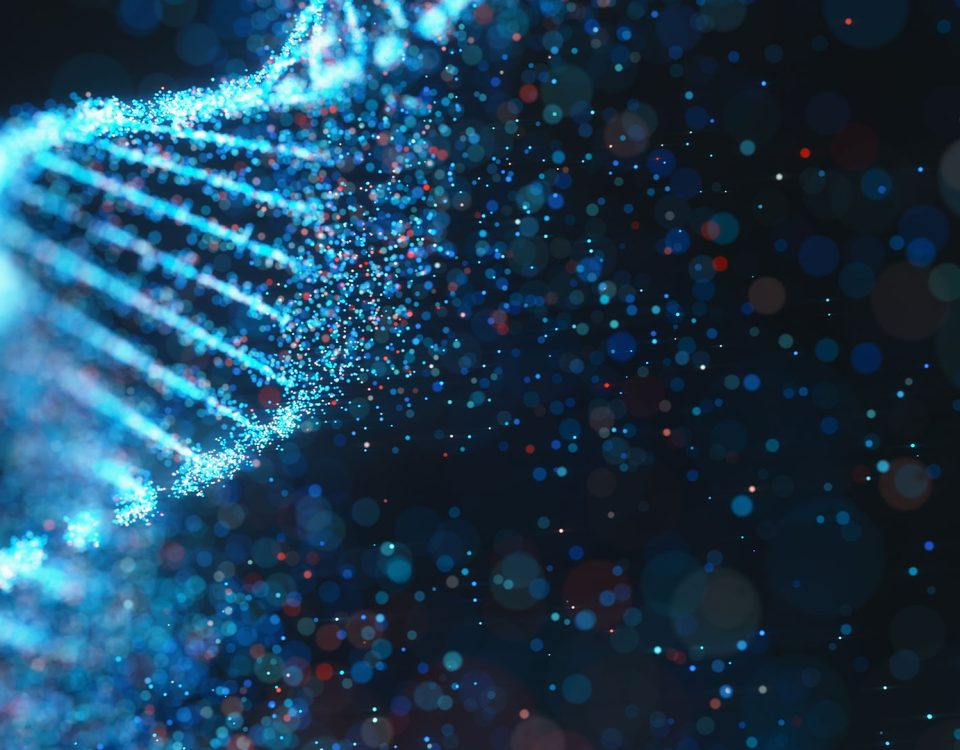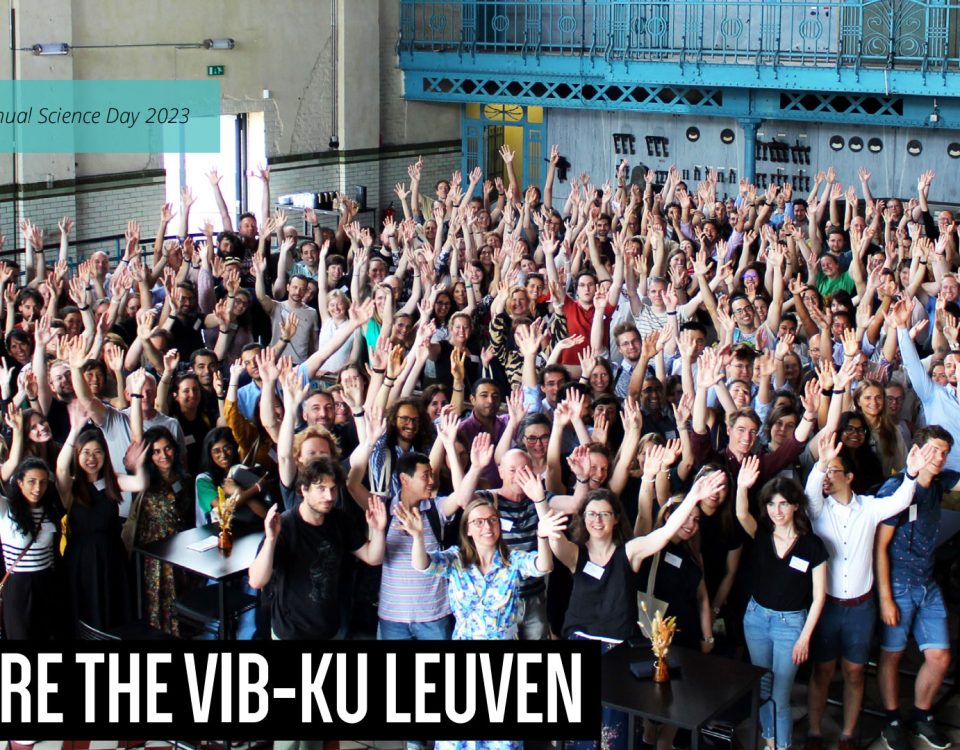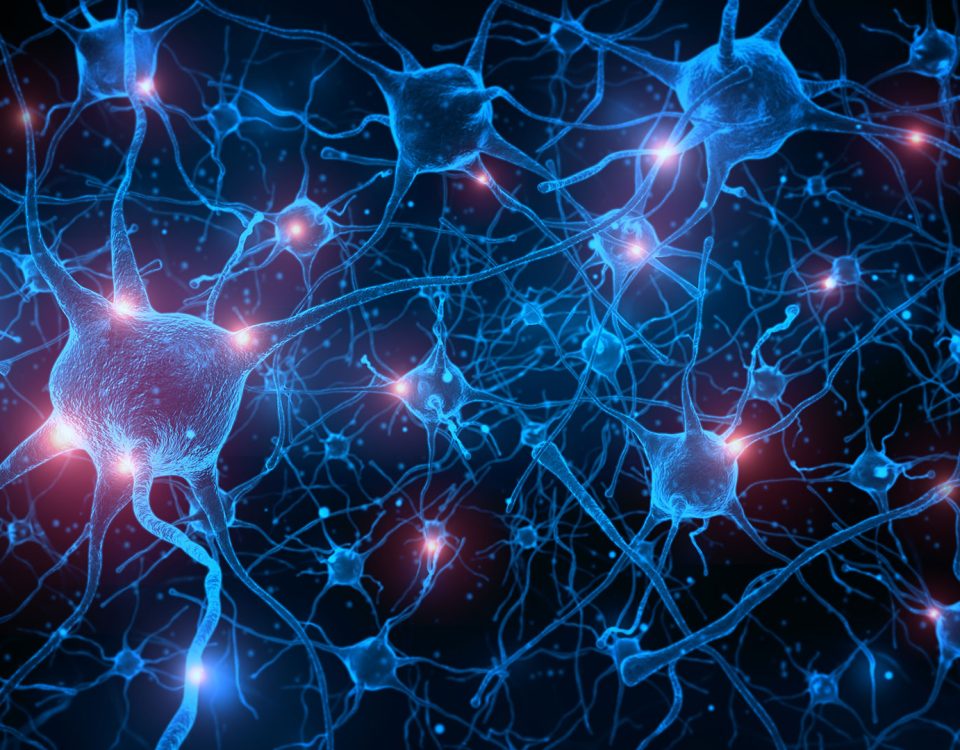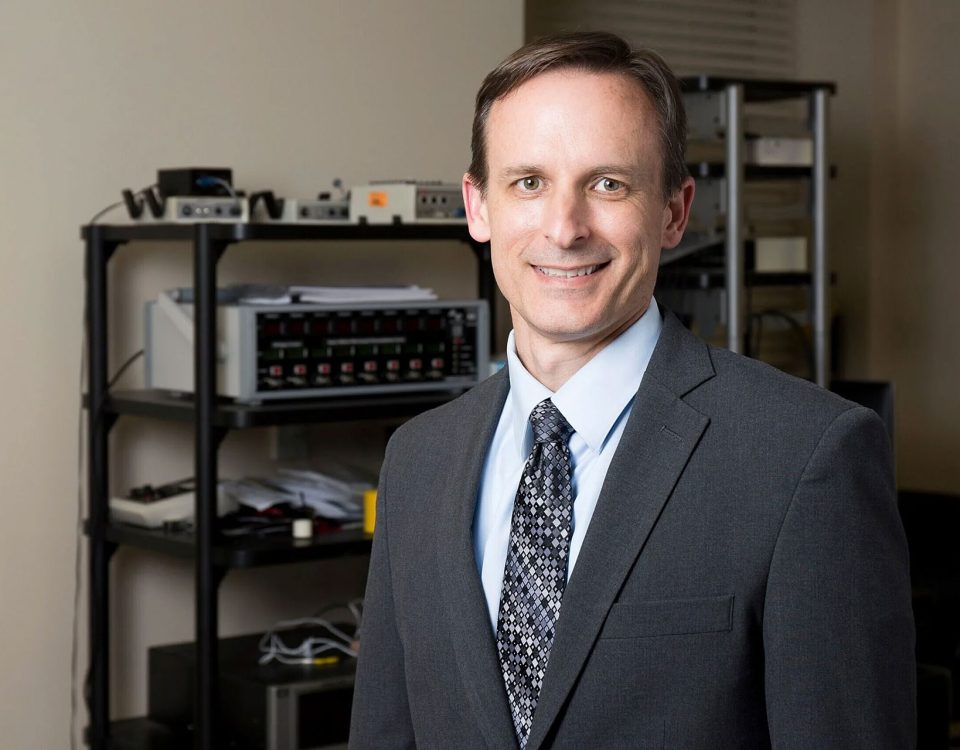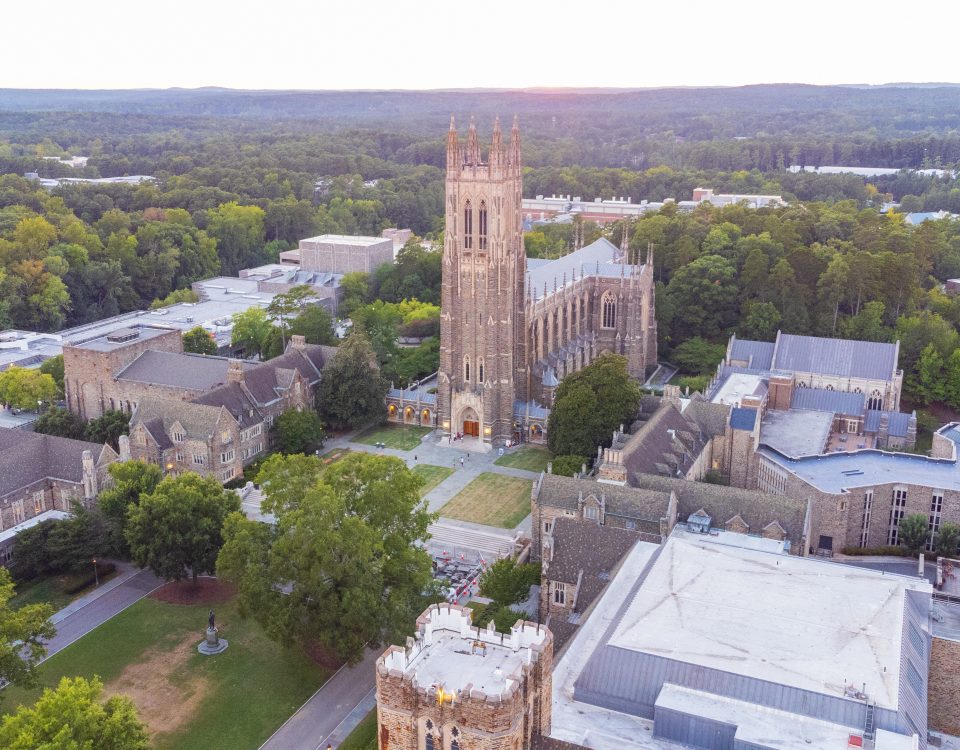Latest News
2024 Cajun Crawfish Boil
Saturday, April 27th, 2024, Tyler’s Hope for a Dystonia Cure held their 5th Annual Cajun Crawfish Boil at Momentum Labs in Alachua. There was something for […]Cerebellar dysfunction in rodent models with dystonia, tremor, and ataxia
Meike E. van der Heijden1,2* and Roy V. Sillitoe1,2,3,4,5* Dystonia is a movement disorder characterized by involuntary co- or over-contractions of the muscles, which results in abnormal […]2022 Events
Thanks to the support of so many sponsors and friends, 2022 has been a huge success! We spent the year raising money for vital research, spreading […]New Board Members
Carl Smith Carl Smith has been involved with the foundation since its inception. Over the years he has served as a volunteer, advocate, and donated countless […]Centers of Excellence
In September the Tyler’s Hope for a Dystonia Cure Foundation announced that Duke University has received the organization’s highest honor for excellence in research, education, and […]Tyler’s Hope Funded Breakthrough Discovery
Using drug screening, drug testing and imaging methods, researchers reported that ritonavir corrected abnormal protein features in the brain and had therapeutic effects in a mouse […]Groundbreaking Dystonia Research
Tyler’s Hope Foundation Grants Duke University the Center ofExcellence Award for Groundbreaking Dystonia Research Gainesville, FL, September 12, 2022 – The Tyler’s Hope for a Dystonia […]Characterization of cholinergic neurons in DYT1 dystonia
Researchers at the Tyler’s Hope Center of Excellence at the University of Florida publish work on the characterization of cholinergic neurons in DYT1 dystoniaResearch Grants awarded to Advance Understanding of Dystonia
Congratulations To Dr. Stephanie Cernera and Dr. Jun Yu. Dr. Yu was awarded an clinical fellowship and Dr. Cernera a research fellowship for, “Beyond Theta: Analyzing […]Tyler’s Hope grant funds breakthrough in the fight to end DYT1 dystonia
A new study found that an FDA-approved medication to treat HIV restored multiple brain abnormalities in a mouse model of a genetic form of dystonia.Mutant Allele-Specific CRISPR Disruption in DYT1 Dystonia Fibroblasts Restores Cell Function
Most individuals affected with DYT1 dystonia have a heterozygous 3-bp deletion in the TOR1A gene (c.907_909delGAG). The mutation appears to act through a dominant-negative mechanism compromising normal torsinA […]TorsinB overexpression prevents abnormaltwisting in DYT1 dystonia mouse models
In DYT1 dystonia, caused by a TOR1A mutation, torsinB levels influence disease severity. In DYT1 mouse models, lowering torsinB worsens movements and neurodegeneration, while raising it rescues these deficits, suggesting torsinB augmentation could delay symptoms.Dr. Rose Goodchild’s Lab at the VIB in Belgium
Are cellular lipids the missing link between a faulty gene and a neurological disorder? Researchers at VIB-KU Leuven have managed to get a clearer view on […]Novel Therapy Development for Dystonia
Dystonia is a movement disorder characterized by involuntary repetitive, sustained muscle contractions, or postures. About 300,000 to 500,000 individuals, including military and veteran populations, suffer from […]New Imaging Technique Could Aid in Testing of New Drugs for Dystonia
GAINESVILLE, Fla. — A new study led by University of Florida neuroscientists furthers the scientific understanding about the brain regions involved with causing dystonia, a poorly […]Research at Duke
Duke researchers develop new cell-based drug screening test for dystonia Published on December 8, 2016 Duke University researchers have identified a common mechanism underlying separate forms of dystonia, a family of brain disorders that cause involuntary, debilitating and often painful movements, including twists and turns of different parts of the body.


